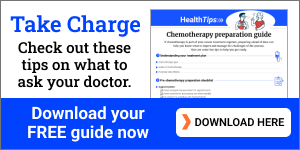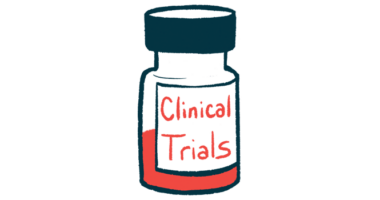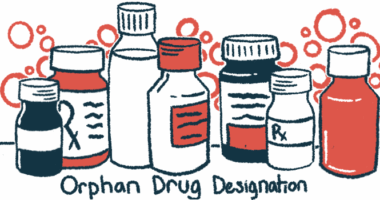FDA OKs label changes to boost CAR T-cell therapy use for cancer
Updates affect BMS' Abecma for myeloma, Breyanzi for lymphomas

The U.S. Food and Drug Administration (FDA) has approved label updates for two Bristol Myers Squibb (BMS) CAR T-cell therapies, both for the treatment of rare cancers: Abecma (idecabtagene vicleucel) for multiple myeloma, and Breyanzi (lisocabtagene maraleucel) for large B-cell lymphoma, known as LBCL, and other lymphomas.
These label updates scale back certain patient monitoring requirements related to driving restrictions and the time spent near treatment centers, and also remove the Risk Evaluation and Mitigation Strategy (REMS) programs that have been in place since each therapy was approved.
“CAR T cell therapy is a transformational, potentially life-saving option for patients living with blood cancers, and we are working to challenge current practices, assumptions and barriers that limit access,” Lynelle B. Hoch, president of the cell therapy organization at Bristol Myers Squibb, said in a company press release.
These FDA label changes should allow easier patient access to these two therapies, potentially boosting their use as treatments for people with these cancer types.
Treatment with CAR T-cell therapy involves collecting an individual’s T-cells and modifying them in the lab to carry a chimeric antigen receptor, or CAR, that recognizes a protein on the surface of cancer cells. For Abecma, the CAR targets BCMA, while for Breyanzi, it binds to CD19.
The modified T-cells are then infused back into the patient, promoting the death of cancer cells while leaving healthy cells largely unharmed.
FDA label changes ease driving restrictions from 8 weeks to 2
BMS noted in the release that, despite the potential benefits of these cell therapies, “only about 2 in 10 eligible patients receive it.” This is primarily “due to the confluence of complex logistical and geographic barriers affecting patients and providers,” the company stated.
Such barriers can particularly affect individuals who live far from treatment centers, according to Cancer Support Community, a California-based nonprofit network that provides cancer support worldwide.
“Living with blood cancer is challenging, but patients and their loved ones still need to maintain jobs, take care of families, and plan for the future,” said Sally Werner, the nonprofit’s CEO.
Werner said the FDA’s decision “reduces some of the most onerous requirements that may have previously discouraged patients, particularly those who live far from a treatment center, from seeking the potentially transformational effects of cell therapy.”
Across both labels, the FDA has approved easing driving restrictions from eight weeks, or nearly two months, to two weeks post-treatment. Additionally, the requirement for patients to stay close to a healthcare facility following treatment was reduced from four weeks to two weeks. The company says it will expand the geographic footprint of cell therapy to help further reduce travel time and duration of stay away from home, family, and work.
[This FDA decision] reduces some of the most onerous requirements that may have previously discouraged patients, particularly those who live far from a treatment center, from seeking the potentially transformational effects of cell therapy.
The nonprofit welcomed the update.
“We applaud any and all efforts to continue to break down barriers, reduce time burden on patients and caregivers, and increase uptake of this life-saving therapy,” Werner said.
The FDA has also approved the removal of the REMS program, which is typically used to help manage potential risks linked to new therapies. The agency concluded that the existing treatment guidelines and the experience of the blood cancer medical community are sufficient to identify and manage side effects such as cytokine release syndrome, an overly aggressive immune response, and neurological toxicities. According to BMS, the vast majority of such adverse events occur within the first two weeks of infusion.
BMS said it will work with the more than 150 treatment centers currently approved to administer Abecma and Breyanzi to remove the REMS programs.
“Today’s FDA-approved label updates reinforce BMS’ continued efforts to collaborate across the healthcare ecosystem, with the ultimate goal of reaching more patients and democratizing access to cell therapy,” Hoch said.







